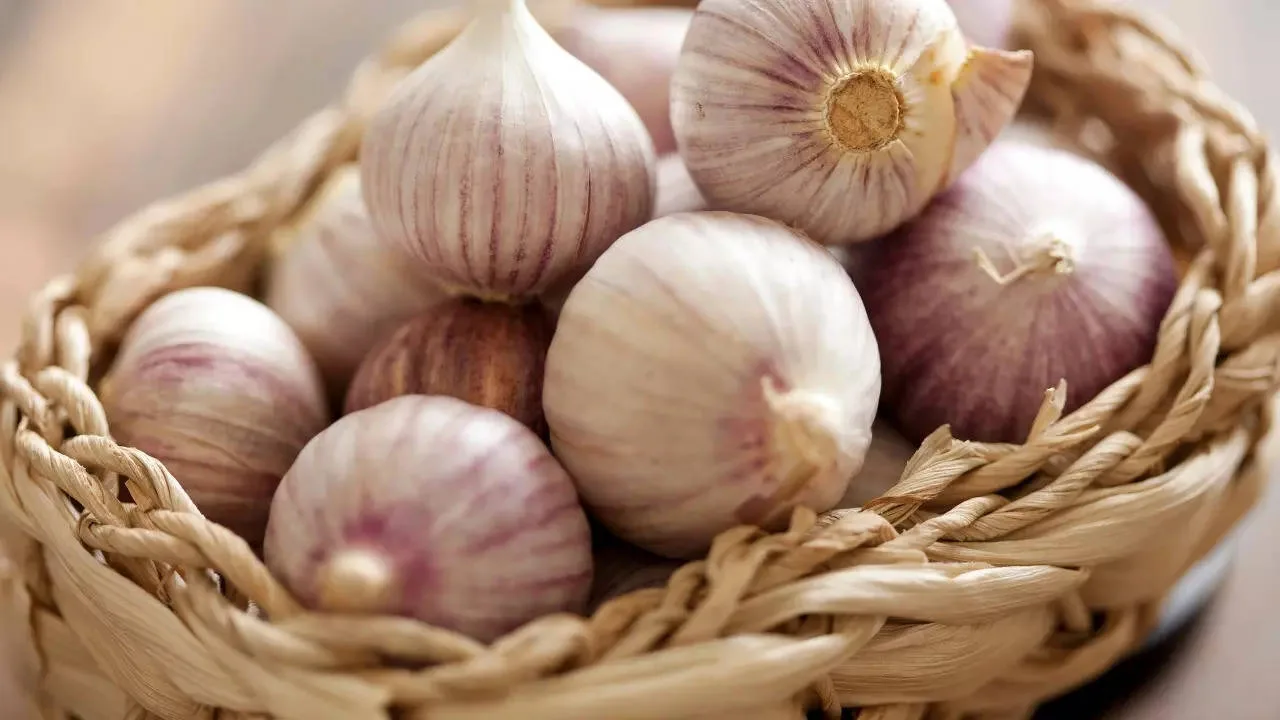In the Nurpur region and surrounding areas, there is a significant influx of Chinese garlic in the markets. Despite being banned, the demand for this garlic has led to prices soaring up to ₹400 per kilogram. Meanwhile, local Himalayan garlic is priced between ₹275 and ₹300 per kilogram, reaching ₹350 in the market. Due to the higher profits associated with Chinese garlic, vendors are increasingly favoring its sale, resulting in reduced availability of Himalayan garlic.
Why is Chinese Garlic Attractive?
Chinese garlic is not only expensive but also lacks the flavor and nutritional benefits of local varieties, which many consumers may not recognize. As Chinese garlic takes the place of Himalayan garlic, its authentic taste is being overshadowed. Many consumers are struggling to distinguish between the two and are inadvertently purchasing Chinese garlic under the guise of Himalayan garlic.

Challenges of Local Supply
The cultivation of garlic in Nurpur and its neighboring areas is minimal. Himachal Pradesh is known for its garlic production, especially in regions like Shimla, Kullu, Solan, and Sirmaur. Farmers from Kullu and Solan often export their garlic directly to other states, which decreases local supply in the region.
Key Highlights Table
| Feature | Chinese Garlic | Himalayan Garlic |
|---|---|---|
| Price | ₹400 per kg | ₹275-300 per kg |
| Taste and Quality | Tasteless and average quality | Delicious and premium quality |
| Availability | High | Low |
| Production Area | Imported | Himachal (Shimla, Kullu, Solan, Sirmaur) |
| Main Reason | Higher profit, increasing demand | Limited production |
The increased supply and high prices of Chinese garlic are leading to a decline in the availability of local Himalayan garlic. There is a need for stricter control and efforts to raise awareness about local garlic to ensure consumers can access the right options while preserving the identity of Himalayan garlic




